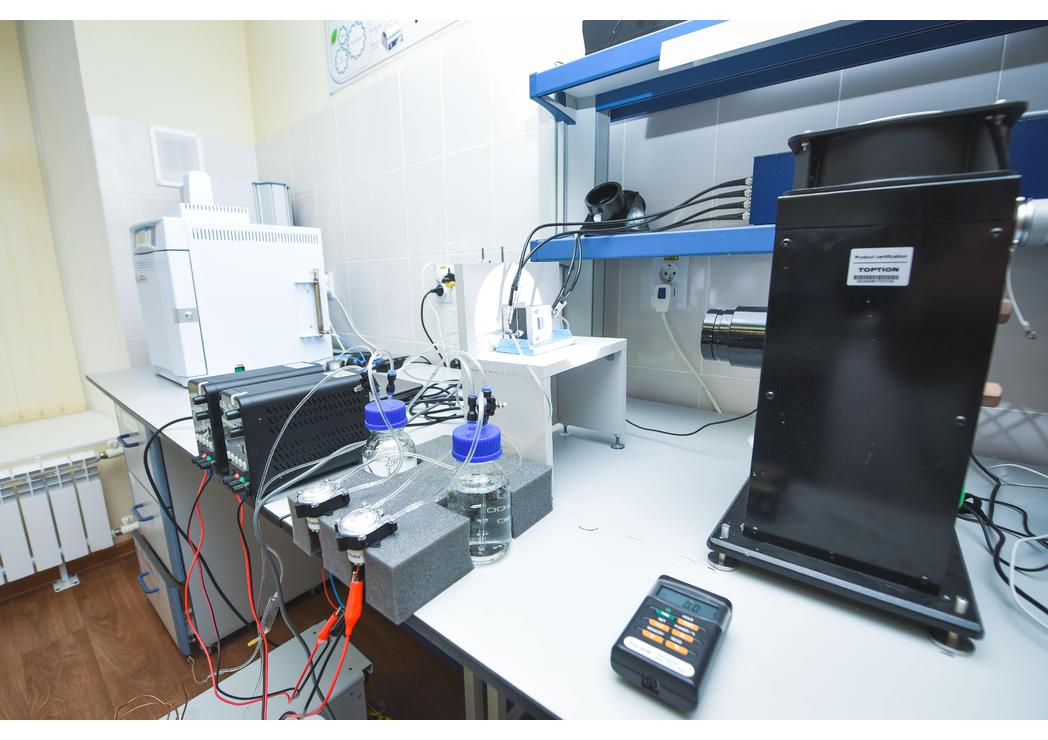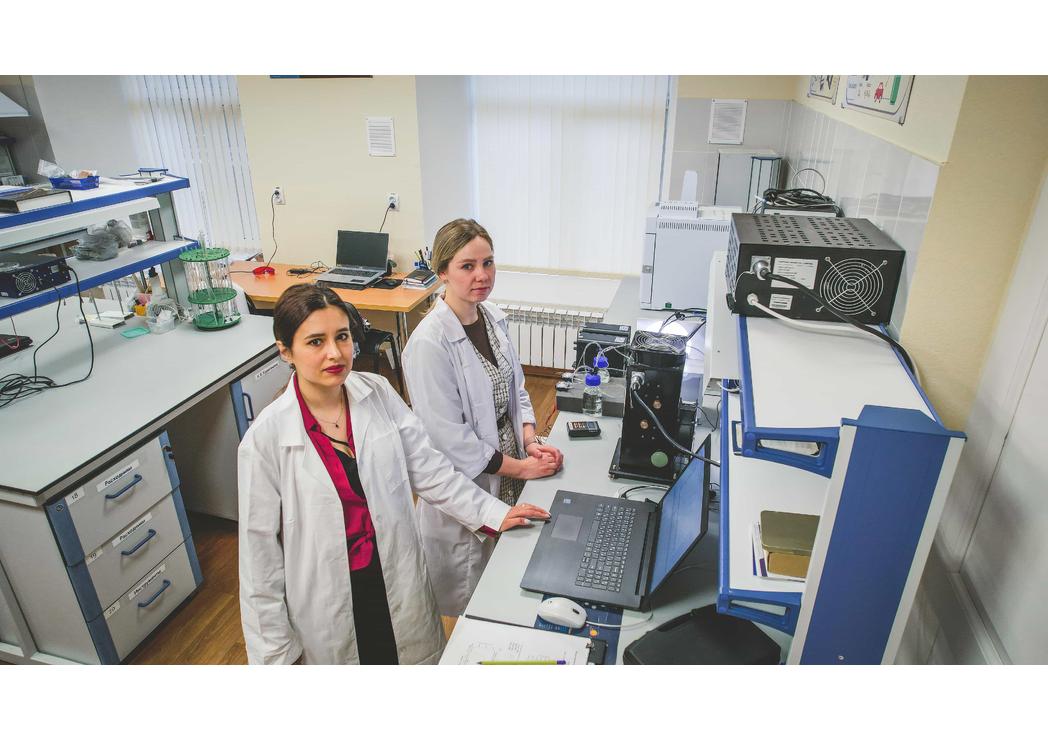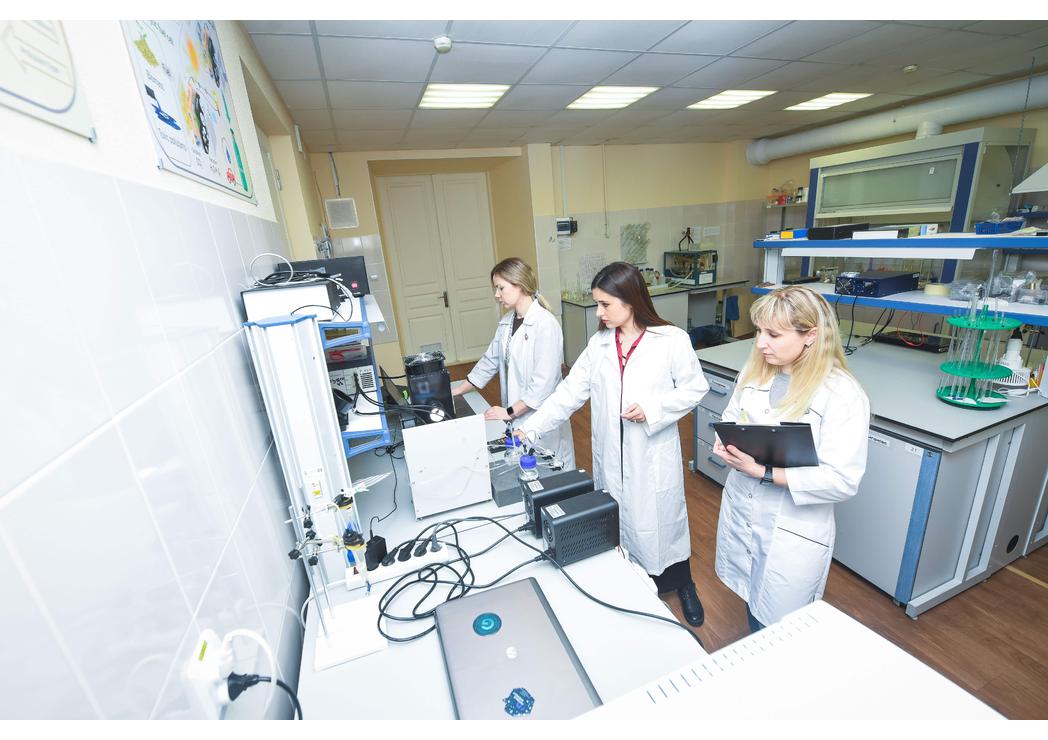The development of chemists of our university promises to become one of the implemented technologies for the production and use of "green" hydrogen in the context of the global depletion of fossil energy sources.
Chemists of SRSPU (NPI) have completed work on the creation of a safe and environmentally friendly power plant, the principle of operation of which combines the use of alternative energy sources - the sun and hydrogen. A group of researchers led by Associate Professor of the Department of Chemical Technologies, Doctor of Technical Sciences Alexandra Kuriganova worked on the project "New photoelectrochemical devices and technologies for hydrogen energy", designed for 2020-2023 and supported by the Russian Science Foundation.
Having set themselves the task of moving on to obtaining absolutely pure "green" hydrogen for fuel cells by electrolysis - the decomposition of water into oxygen and hydrogen, the researchers were faced with the question: where to get energy for the operation of the electrolyzer itself? The traditional electricity storage scheme includes three devices: a solar cell, an electrolyzer, and a fuel cell. For a long time, it was this scheme that was considered as the basis of hydrogen energy.
“As part of the project, we developed a device that allowed us to reduce the “solar cell - electrolyzer - fuel cell” scheme to one device,” says Alexandra Kuriganova, project manager. - During the day, the device works like a photoelectrolyzer: under the influence of sunlight, water decomposes into oxygen and hydrogen. And at night, in the absence of light, the device can operate like a fuel cell, using hydrogen as fuel to generate electricity.
At present, the Novocherkassk polytechnics have shown the very possibility of creating such a device. Next - already scaling, increasing its power. To do this, the researchers plan to again enlist grant support from the Russian Science Foundation. “Of course, the extension of the project provides for the solution of engineering problems to a greater extent, but we also face fundamental problems,” explains A.B. Kuriganova. “In particular, this is the selection of the optimal fuel for the operation of this device in the fuel cell mode.”



